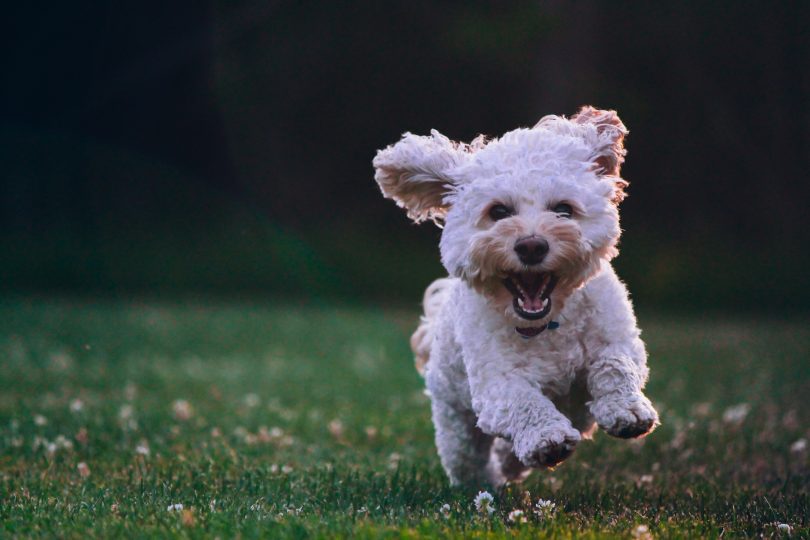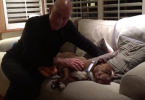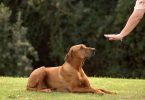Dog body language is unique and very different from our own. Not understanding how your dog communicates with adults, children and other animals can be very frustrating. Reading a dog is actually another language, in fact, just like a foreign language. How do you know what a foreigner is saying if you don’t understand them? Thus, we have to learn that language to communicate well.
Understanding dog body language correctly
It’s incredibly easy to misinterpret dog body language, it is for this reason a dog can be misread and/or mistreated.
Knowing if a dog is happy, sad, feeling uneasy or distressed etc can make a huge difference to their social behavior. The reason behind this is because you’ll know when and when not to step in to correct otherwise you may interfere.
Dogs understand each other automatically without any effort. Us humans don’t, we have to work at understanding body language whether humans and dogs.
Here are some examples of dog body language:
- When a dog places his head over another dogs back or neck, it’s called dominance. A dog asserting dominance in this way isn’t bad, but nor is it good. Some dogs don’t pay an attention to it, but others hate it and so will clearly let the dominant dog know.
- A dog returning to play suggests happiness even if the other dog was dominant or being pushy. Often, some dog play doesn’t look cool, but if a dog isn’t happy, they’d soon tell the dominant dog off.
- A dog that lifts a paw in the air is not a dominant stand as so many people assume. My dog often does this to me; it’s a sign of affection, love, respect, submission and so on, it’s the same when dog’s do it to each other.
- If a dog’s hackles are up, it can actually mean two things. One he could be aggressive – this is the one we all know so well, but the other is excitement, being alert and loving a particular playful moment. This one is tricky, so it’s always wise to keep a close eye.
- When a dog does a complete 360 spin, it symbolizes happiness; they will almost certainly be trying to encourage more engaging play. Ultimately though, when a dog turns away from another dog like turning his head away, it represents trust, calmness and is relaxed.
Dogs have so many body languages, and obviously some are easy to explain, but others aren’t so easy.








Hi Sharon,
Awesome site!
I love the lay-out and the topics covered.
Ron.
Many thanks Ron, come back soon.